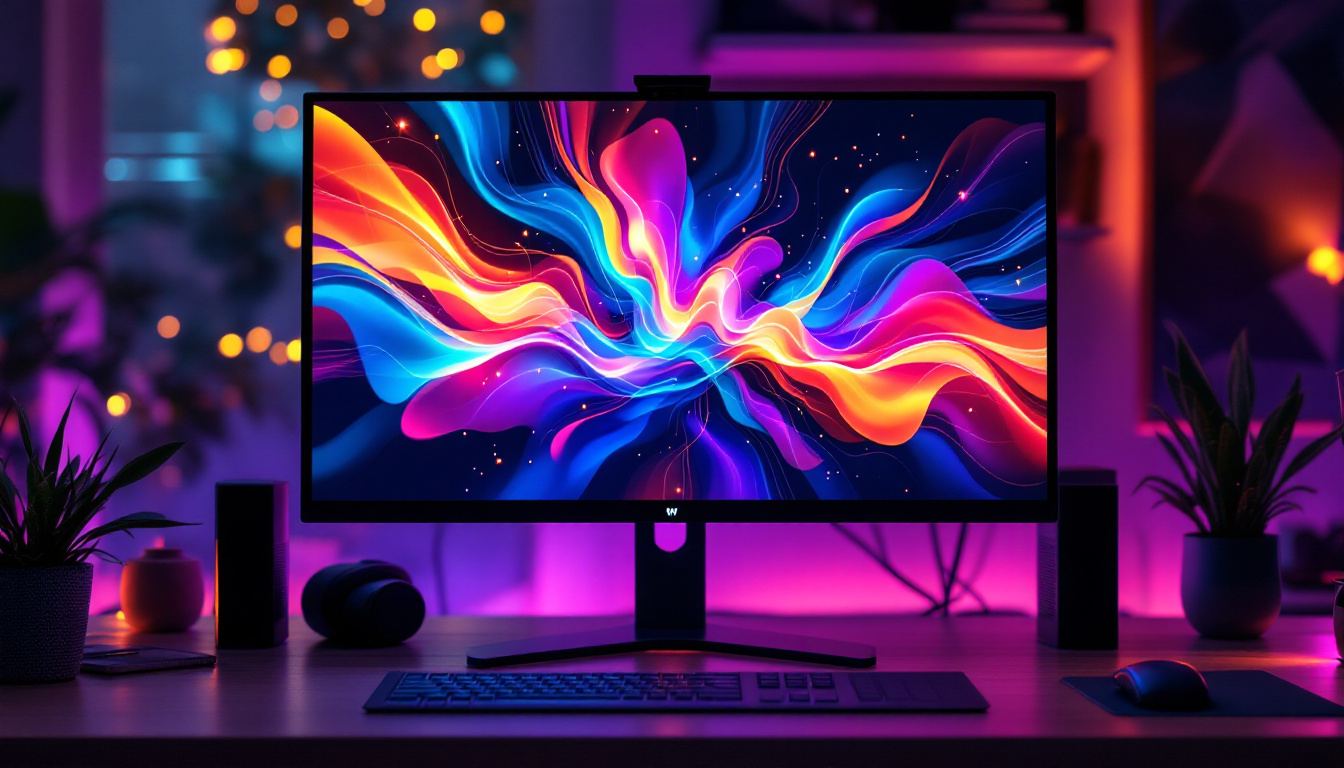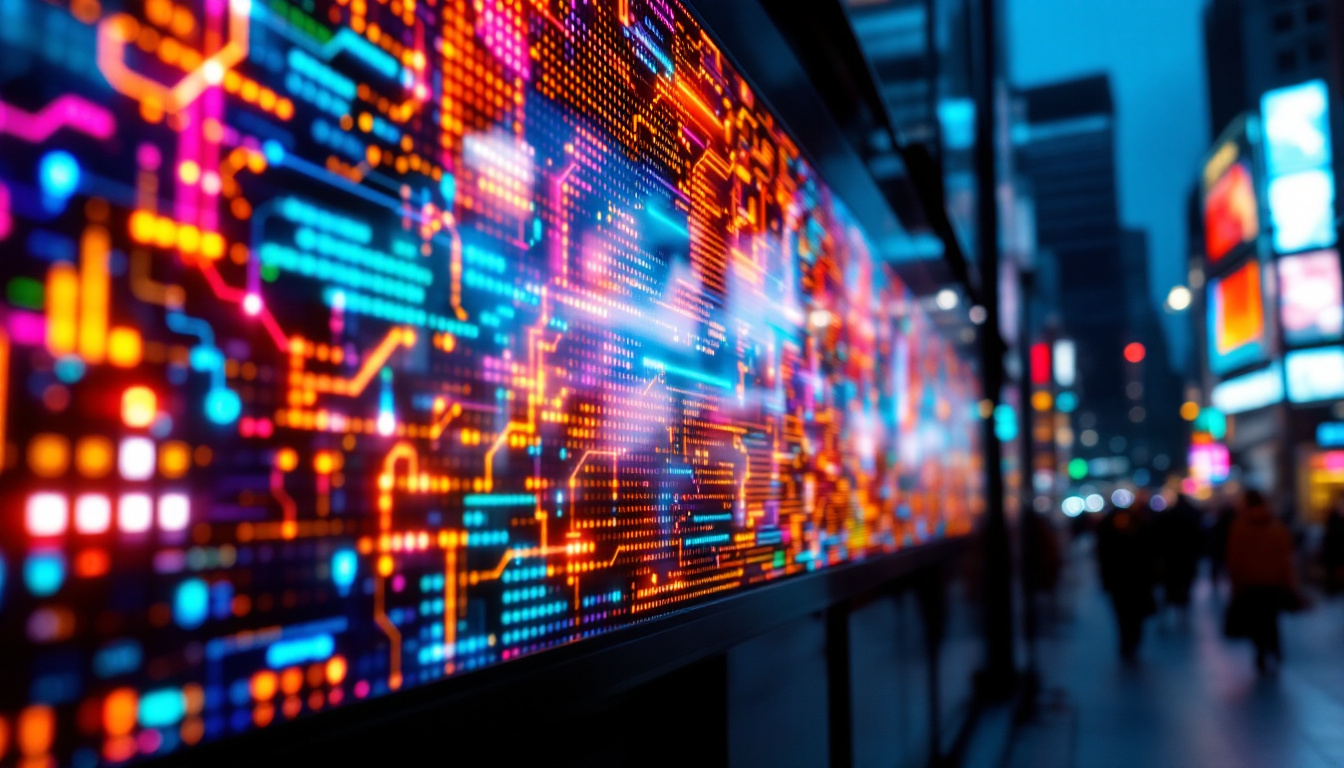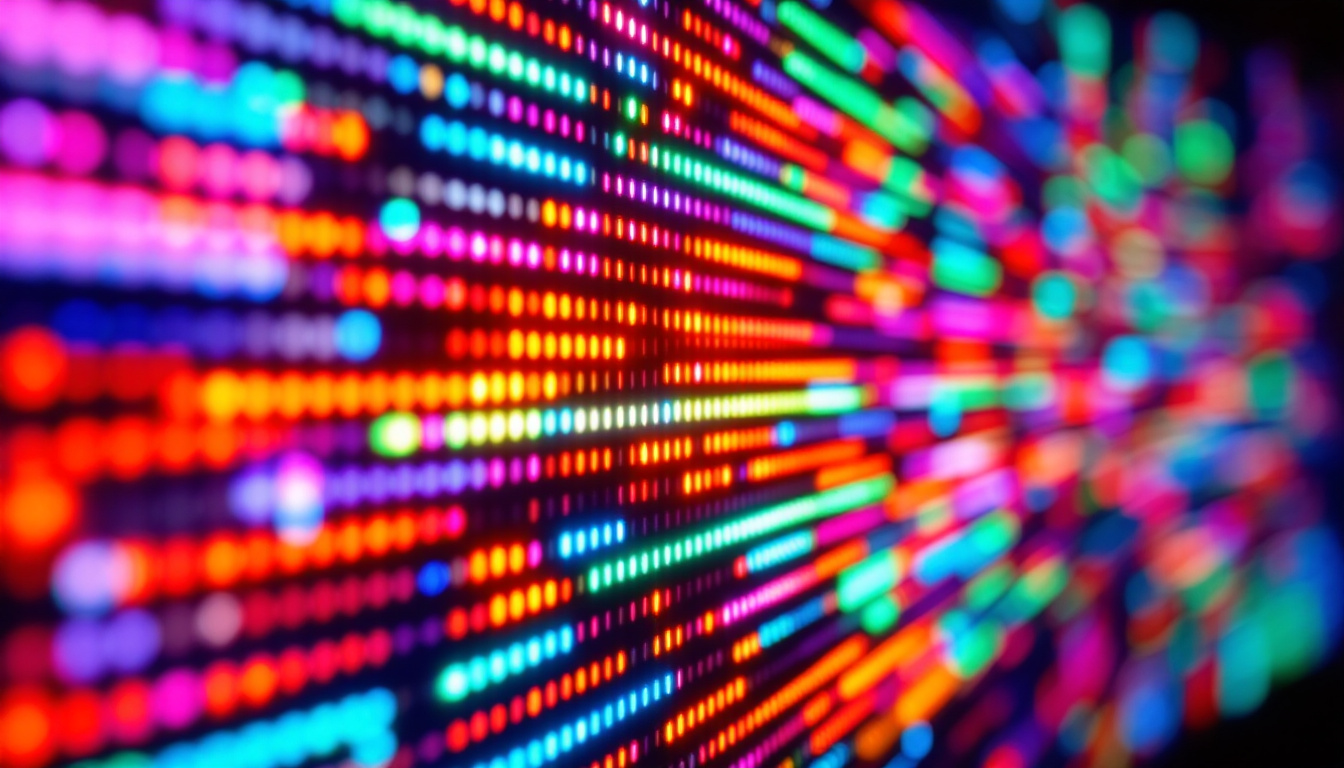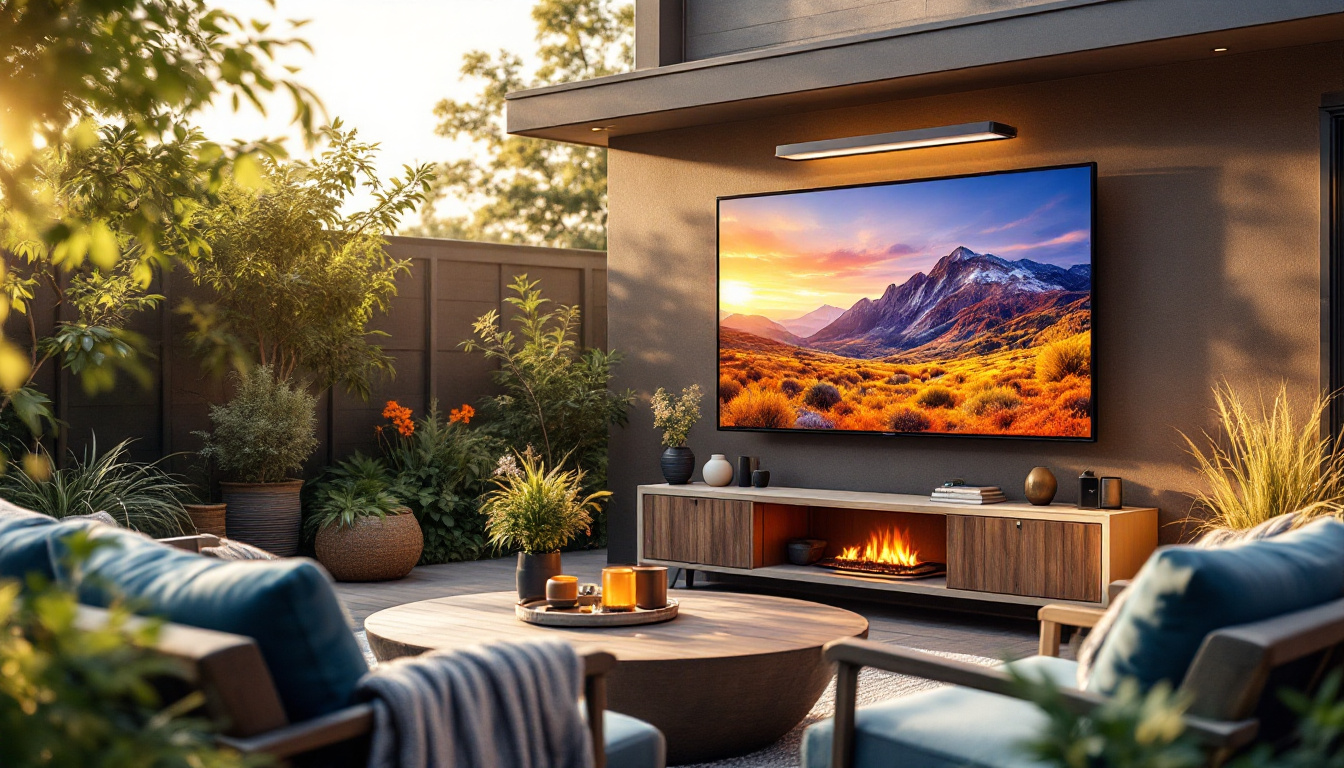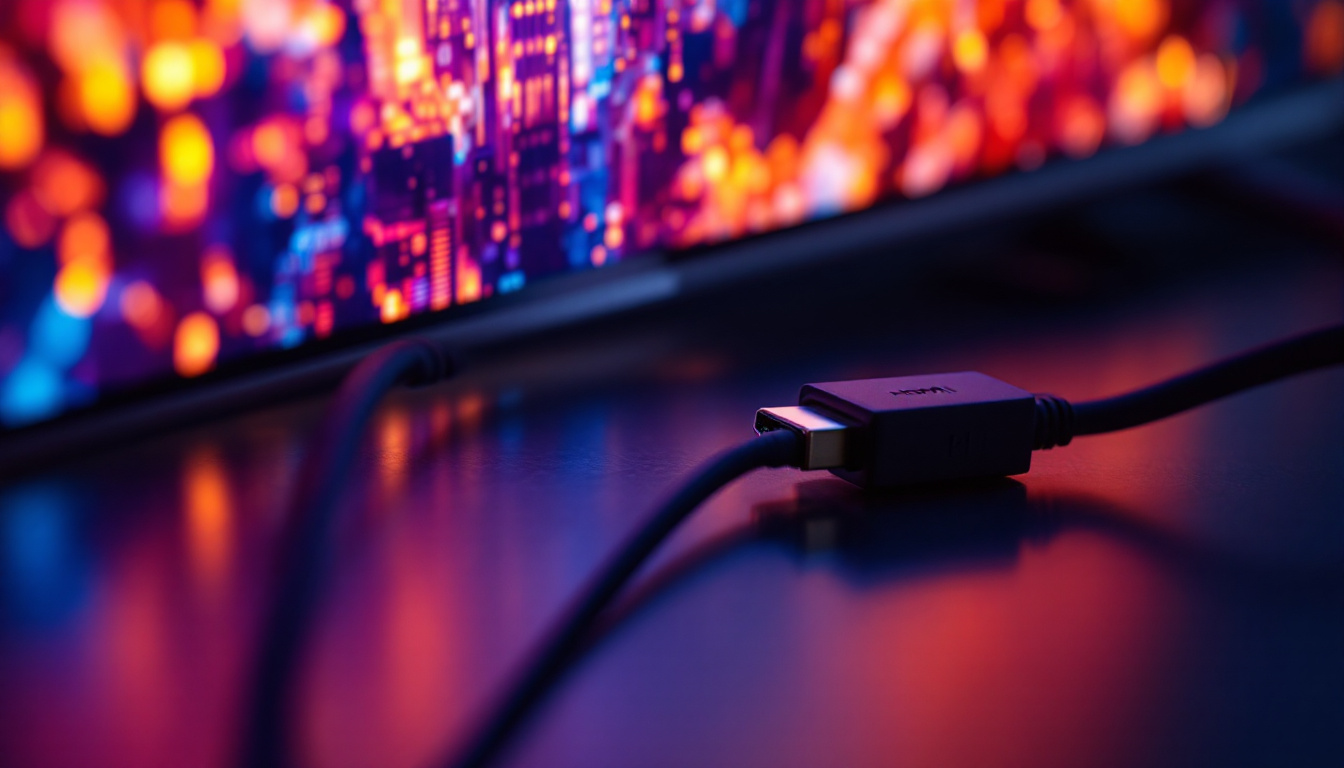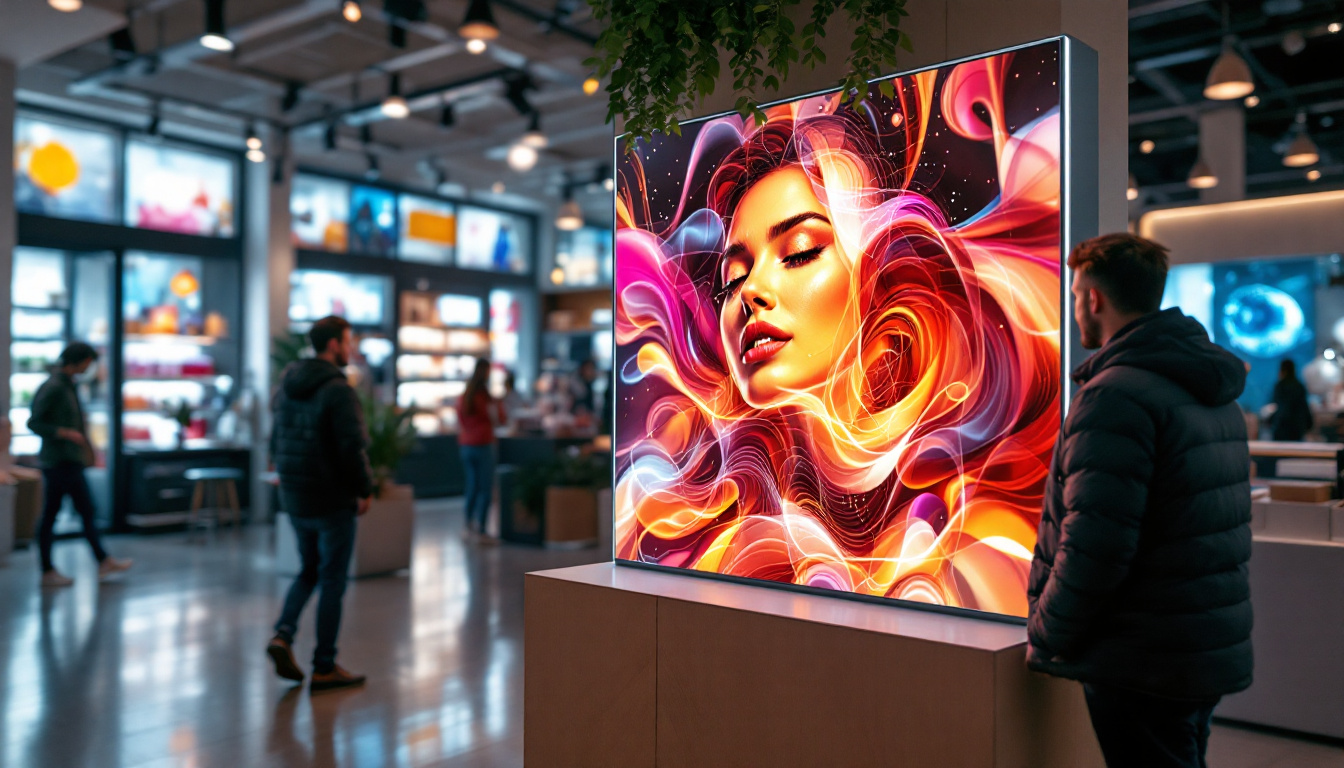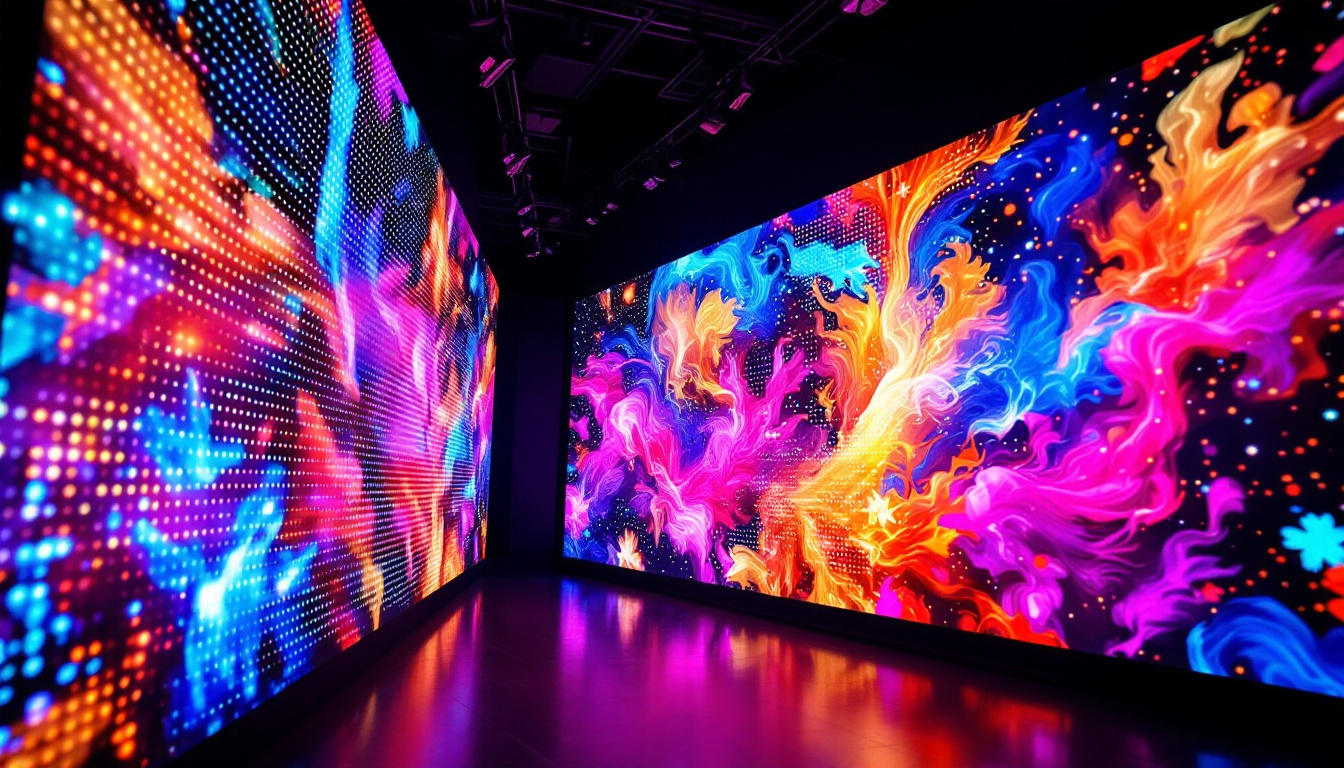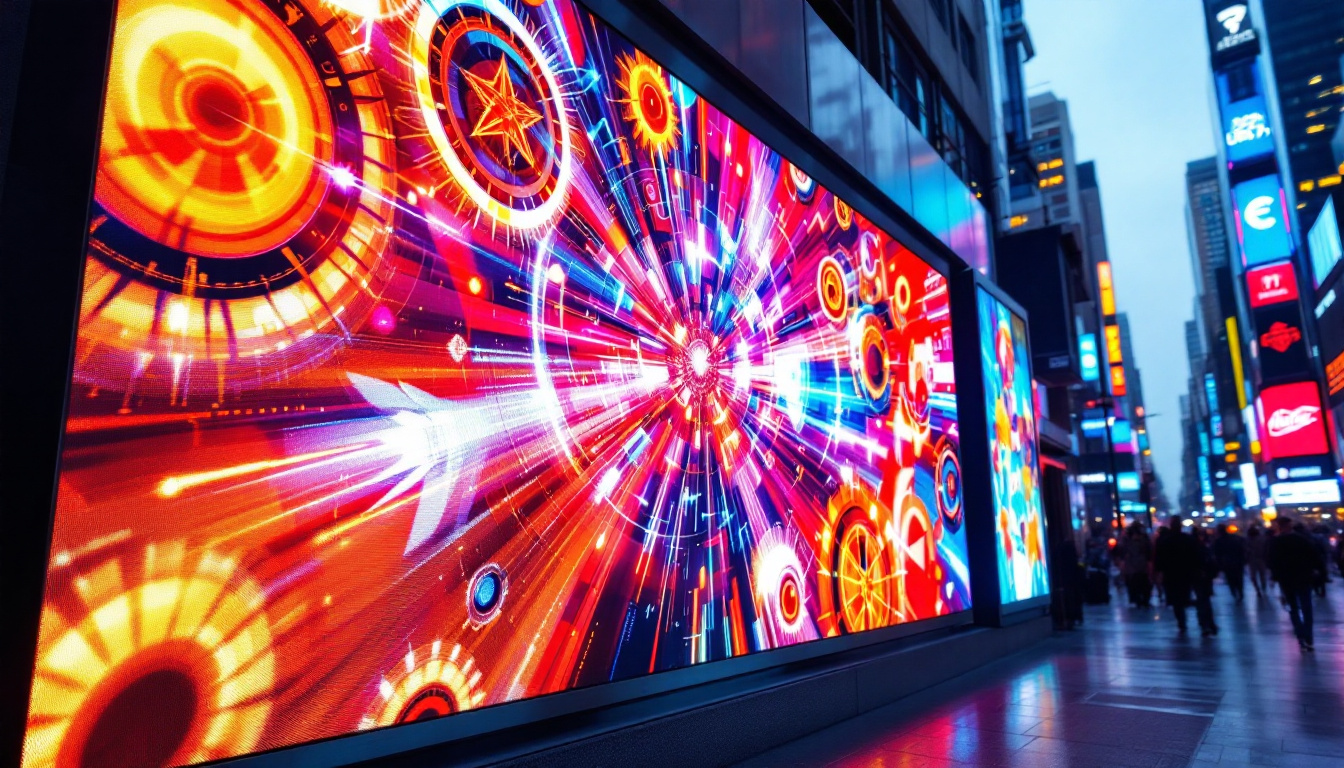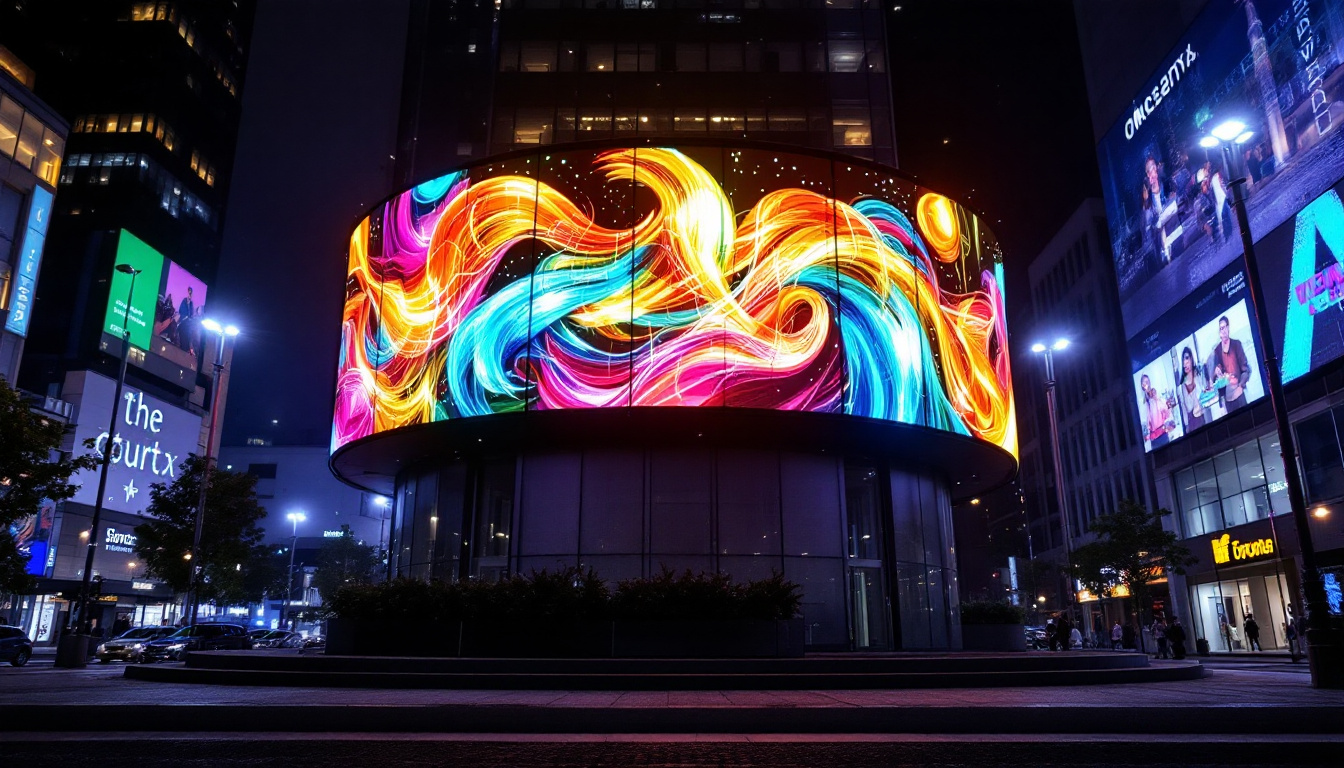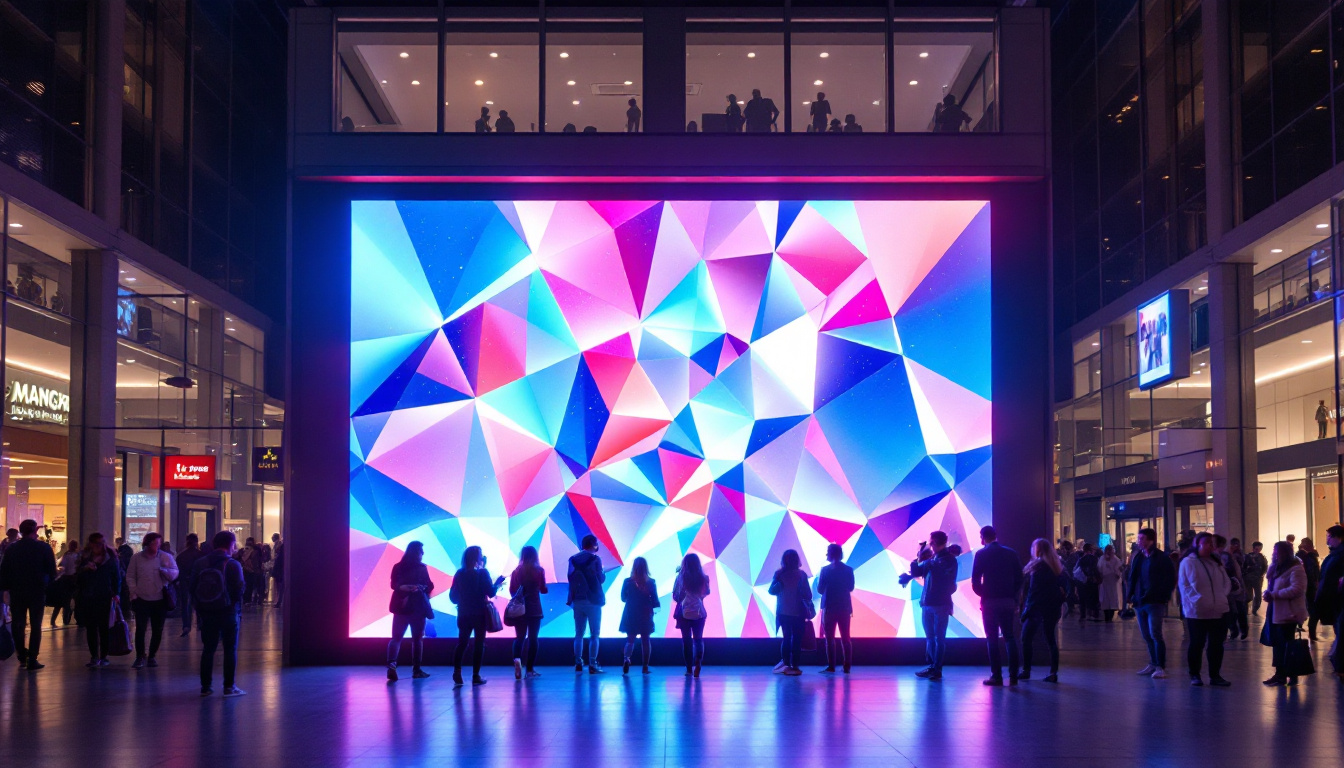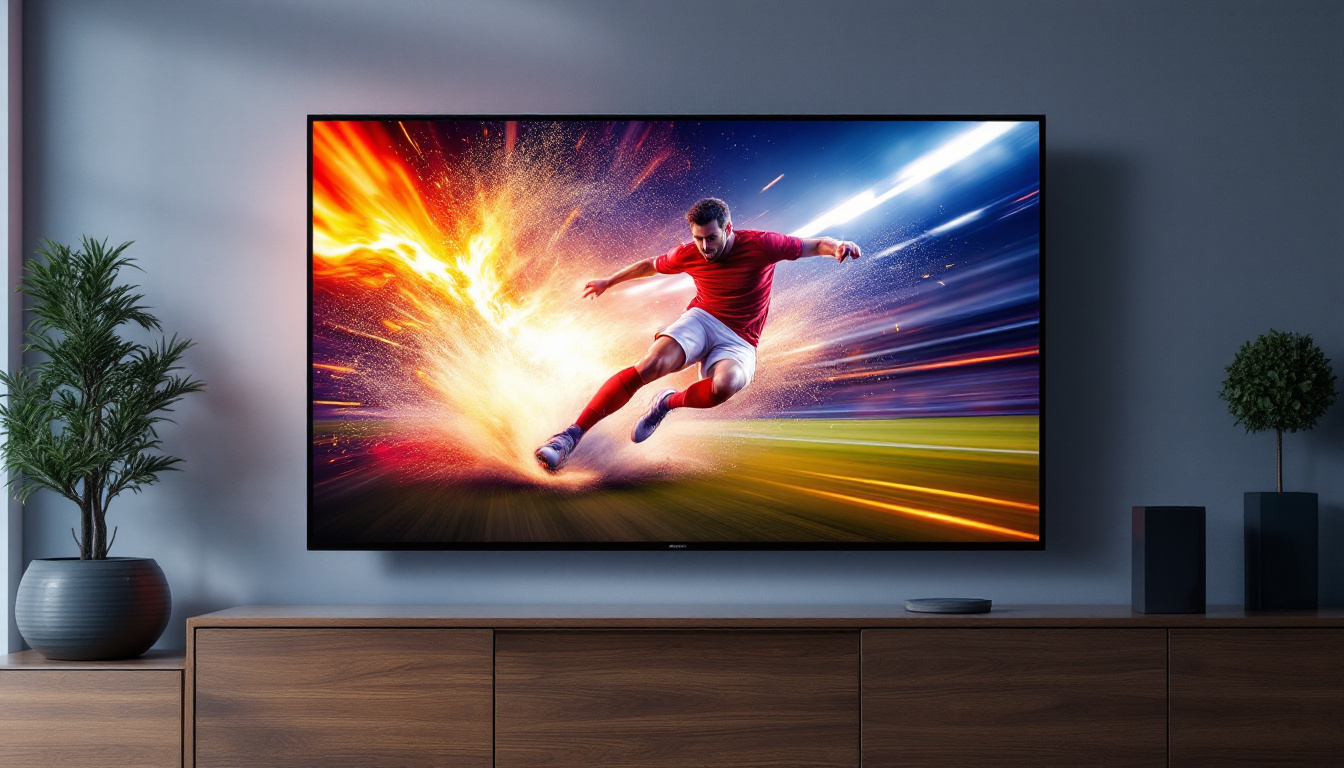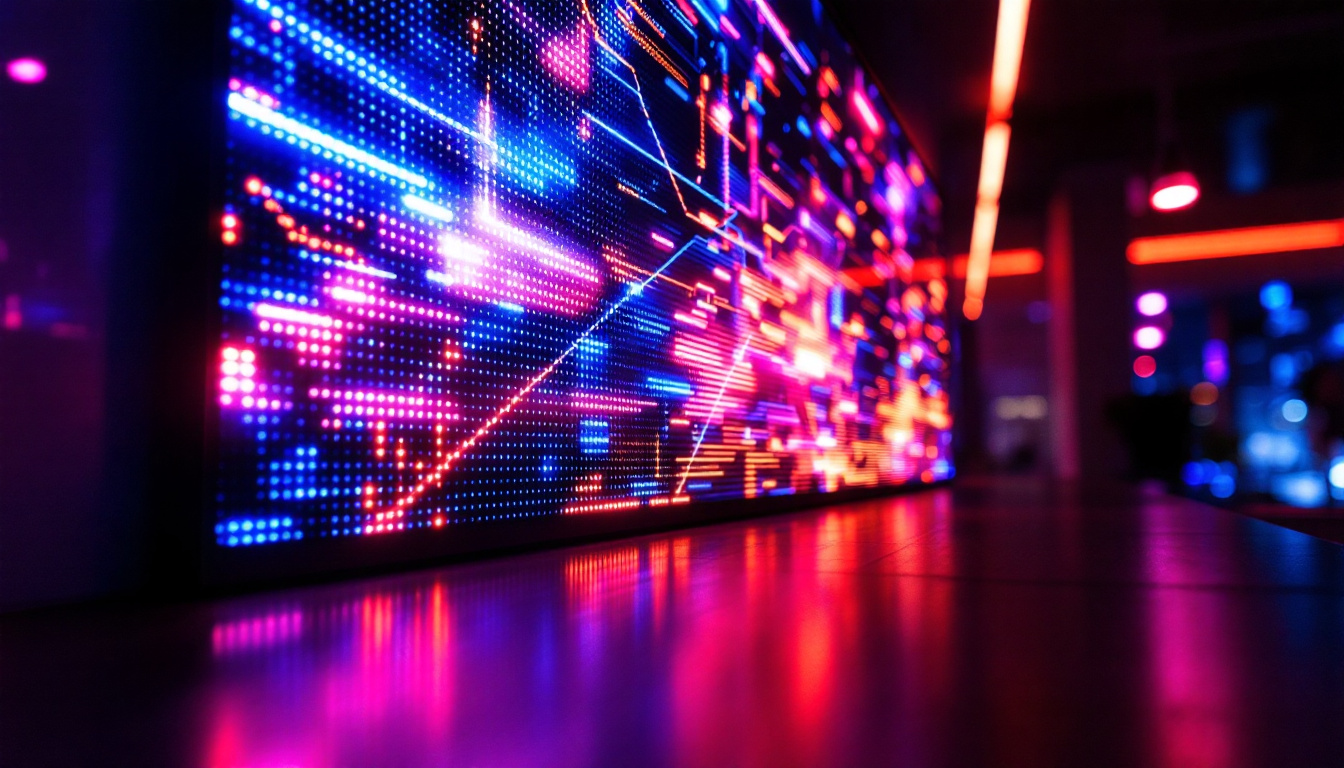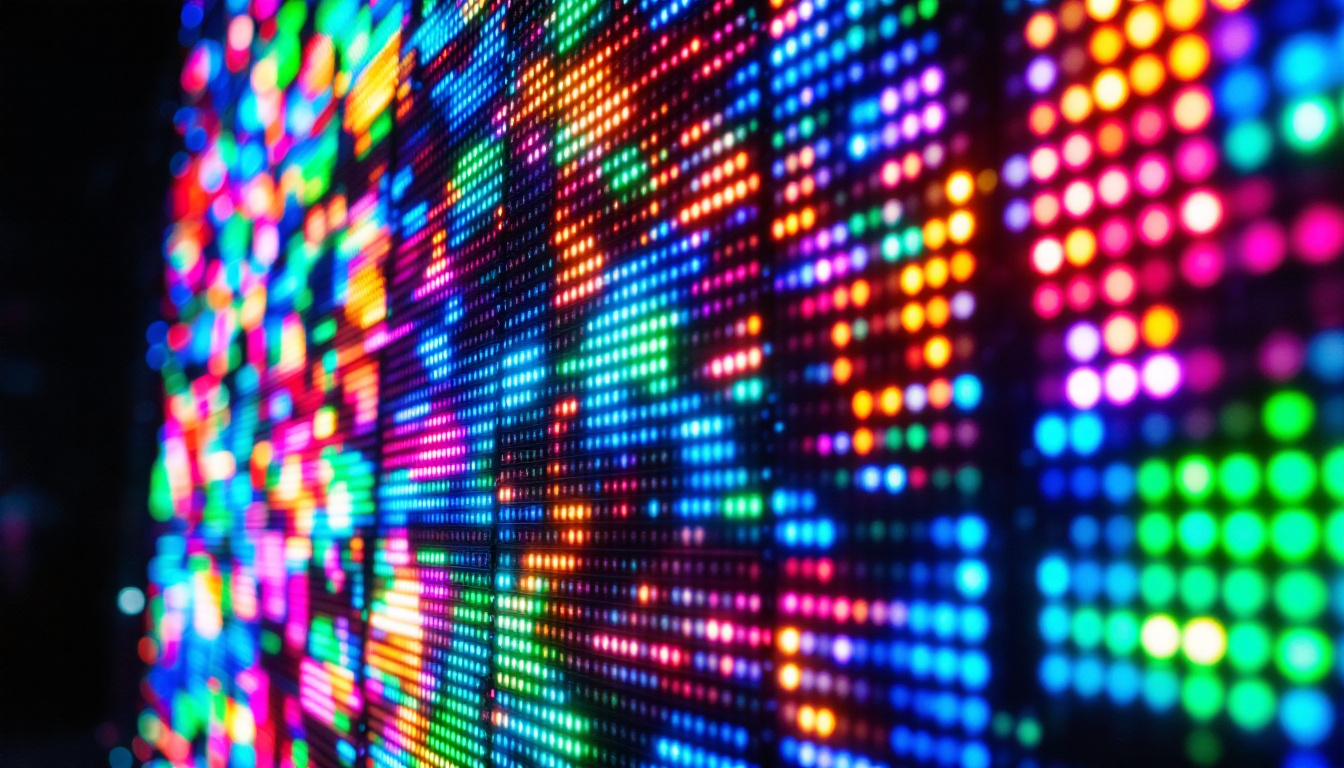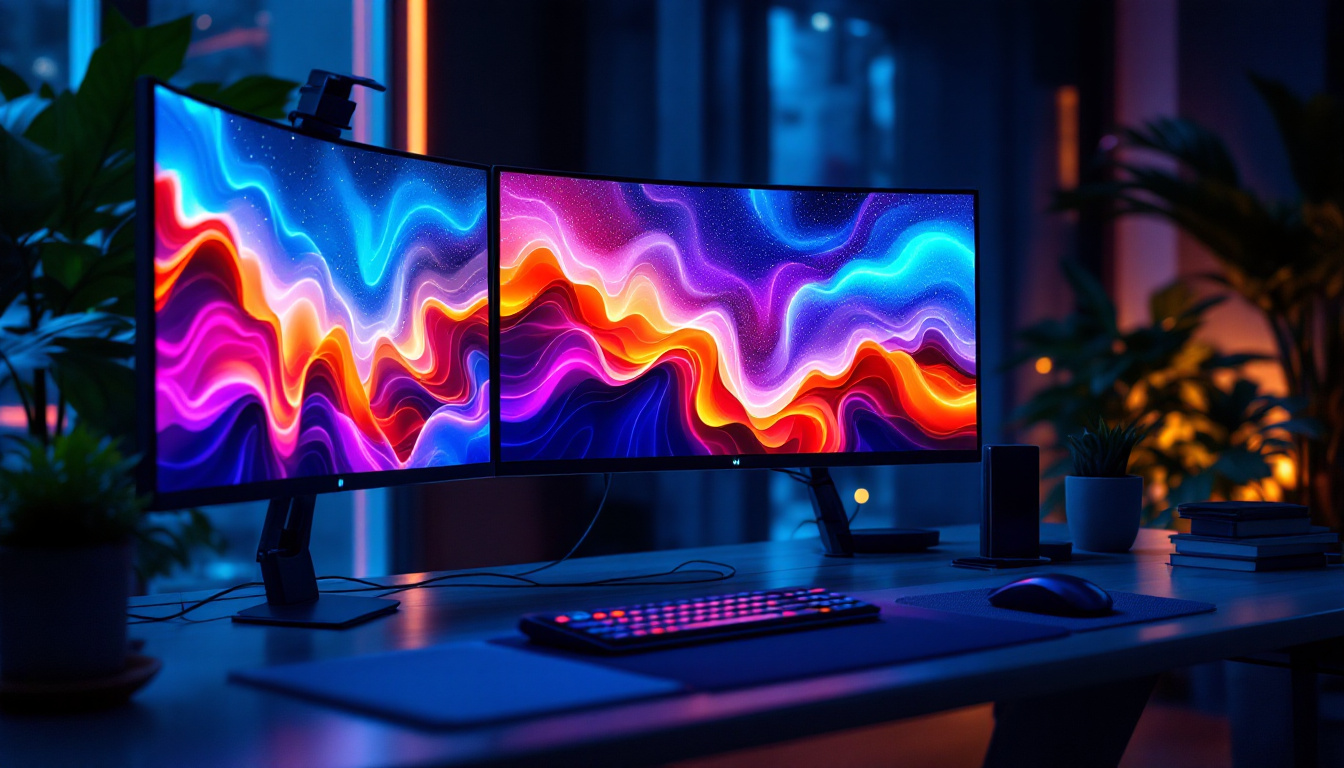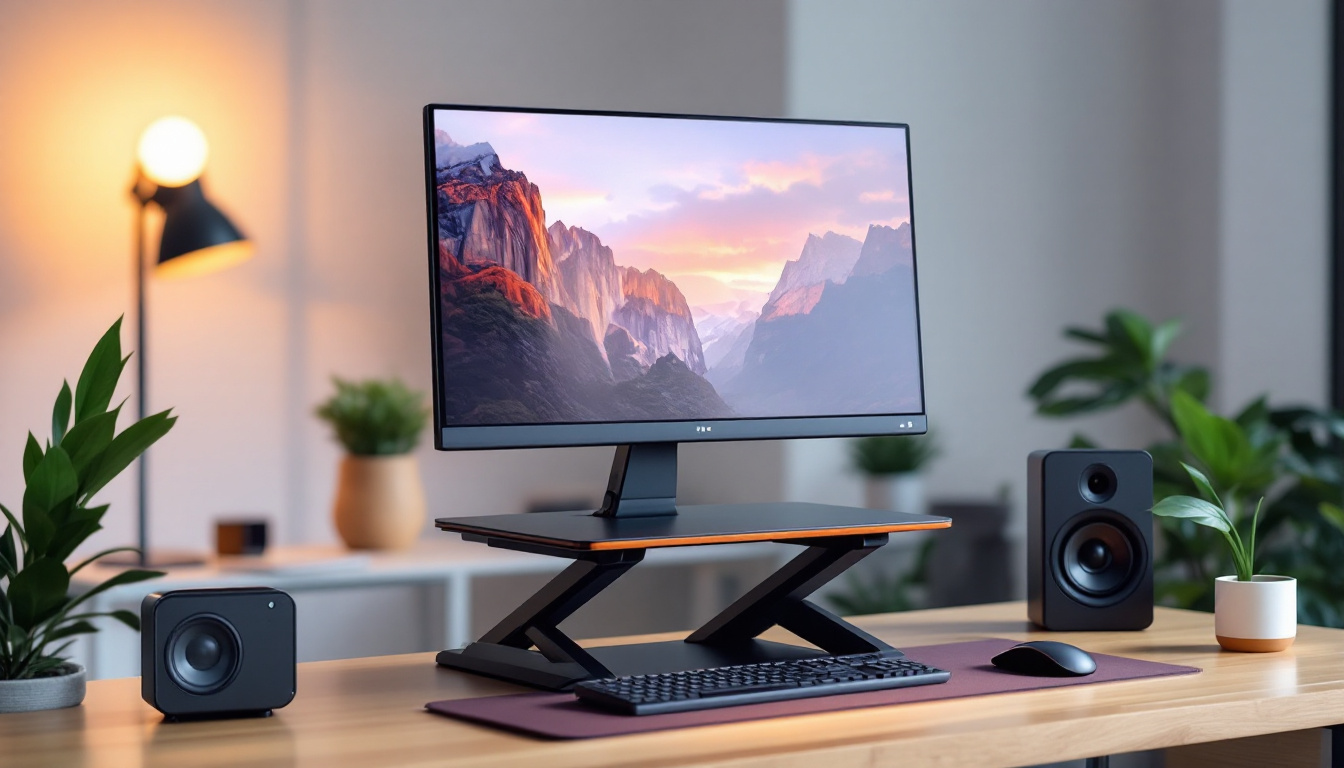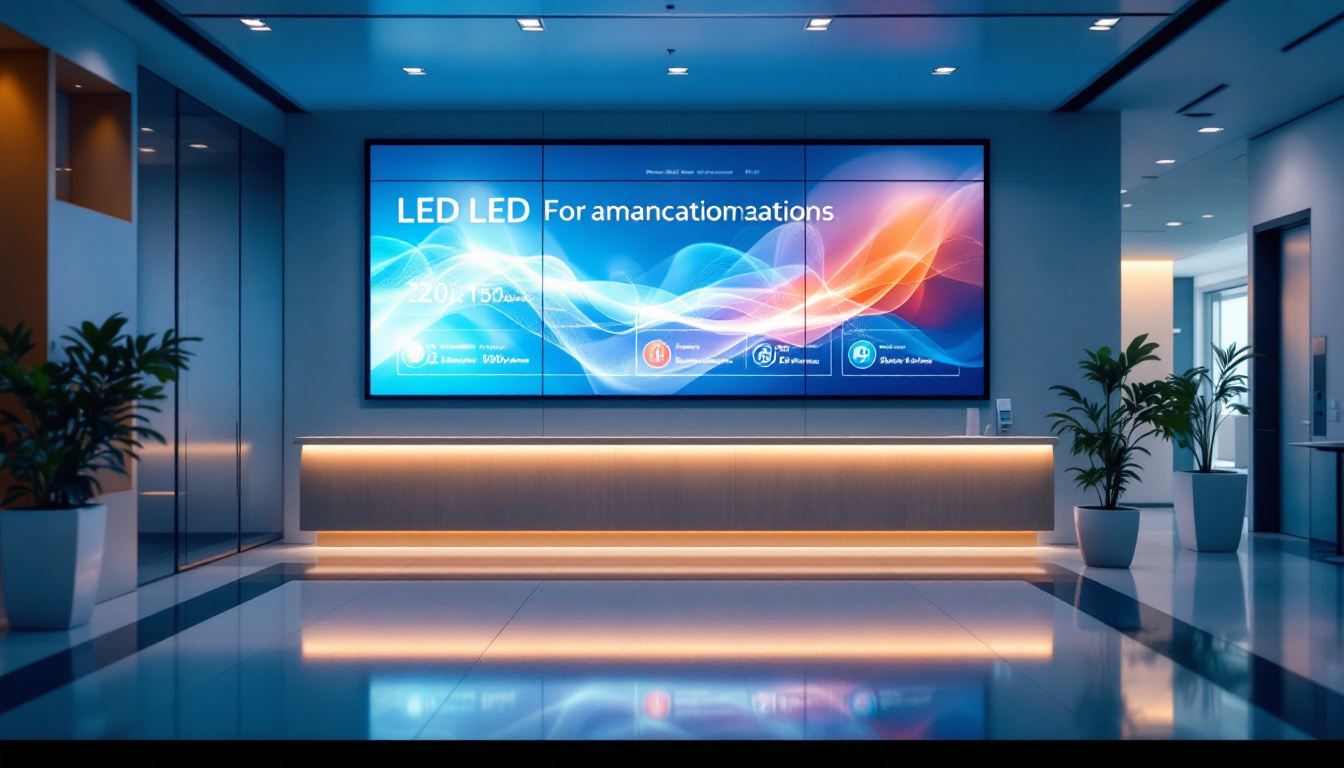In the ever-evolving world of technology, monitors have become essential tools for both personal and professional use. Among the various types of displays available today, LED (Light Emitting Diode) monitors have gained significant popularity due to their superior performance and energy efficiency. This article delves into the intricacies of LED displays, exploring their technology, advantages, and considerations for potential buyers.
Understanding LED Technology
LED technology has transformed the way images are displayed on screens. Unlike traditional LCD monitors that utilize fluorescent backlighting, LED displays employ a series of tiny light-emitting diodes to produce vibrant images. This fundamental difference in technology not only enhances picture quality but also affects various other aspects of monitor performance. The energy efficiency of LED technology is another significant advantage, as it consumes less power compared to older technologies, making it a more environmentally friendly option. Additionally, the longevity of LED displays means that users can enjoy high-quality visuals without the frequent need for replacements.
How LED Displays Work
At the core of an LED display is a matrix of diodes that emit light when an electric current passes through them. These diodes can be arranged in various configurations, including edge-lit and full-array backlighting, each offering unique benefits. Edge-lit displays use LEDs positioned along the edges of the screen, while full-array displays have LEDs distributed across the entire back of the panel, allowing for better control over brightness and contrast. This precise control enables features like local dimming, where specific areas of the screen can be dimmed or brightened independently, enhancing the overall contrast ratio and improving the viewing experience in darker scenes.
When an image is displayed, the monitor’s processor controls the intensity of each diode, creating a wide range of colors and shades. This capability allows LED monitors to achieve deeper blacks and brighter whites compared to their LCD counterparts, resulting in a more dynamic and engaging viewing experience. Furthermore, advancements in LED technology have led to the development of HDR (High Dynamic Range) displays, which can reproduce a broader spectrum of colors and greater detail in both the shadows and highlights, making images appear more lifelike and immersive.
Types of LED Monitors
There are primarily two types of LED monitors: those that use RGB LEDs and those that utilize white LEDs. RGB LED monitors combine red, green, and blue diodes to create a full spectrum of colors, offering exceptional color accuracy. On the other hand, white LED monitors use a blue LED with a yellow phosphor coating to produce white light, which is then filtered to create colors. While both types have their advantages, RGB LED monitors are generally preferred for professional applications where color precision is critical. Additionally, the emergence of Quantum Dot technology has further enhanced LED displays by using semiconductor nanocrystals to improve color reproduction and brightness, making them an attractive option for both gamers and graphic designers.
Advantages of LED Monitors
LED monitors come with a plethora of advantages that make them a popular choice among consumers. From energy efficiency to superior image quality, these displays offer features that cater to a wide range of needs.
Energy Efficiency
One of the most significant benefits of LED technology is its energy efficiency. LED monitors consume considerably less power than traditional LCDs, making them an environmentally friendly option. This reduced energy consumption not only lowers electricity bills but also contributes to a smaller carbon footprint, aligning with the growing emphasis on sustainability in technology. Furthermore, many LED monitors come with features such as automatic brightness adjustment, which optimizes power usage based on ambient lighting conditions, further enhancing their energy-saving capabilities.
Improved Image Quality
LED displays are renowned for their exceptional image quality. The ability to produce deeper blacks and brighter whites enhances the overall contrast ratio, resulting in more vivid and lifelike images. Additionally, LED monitors often feature higher refresh rates, which can lead to smoother motion in fast-paced video content, making them ideal for gaming and multimedia applications. The color accuracy of LED monitors is also noteworthy, as many models support a wider color gamut, allowing for more precise and vibrant color reproduction, which is particularly beneficial for graphic designers and photographers who rely on accurate visuals for their work.
Thin and Lightweight Design
Another appealing aspect of LED monitors is their sleek and lightweight design. The compact nature of LED technology allows manufacturers to create thinner panels without compromising on performance. This design flexibility not only enhances aesthetic appeal but also makes it easier to mount monitors on walls or fit them into tight spaces. Moreover, the lightweight construction of LED monitors facilitates portability, making them a convenient option for professionals who may need to transport their equipment frequently, such as in collaborative workspaces or presentations. The modern design often incorporates minimal bezels, maximizing the screen real estate and providing an immersive viewing experience that is perfect for both work and entertainment.
Considerations When Buying an LED Monitor
While LED monitors offer numerous benefits, potential buyers should consider several factors before making a purchase. Understanding these elements can help ensure that the chosen monitor meets specific needs and expectations.
Screen Size and Resolution
Screen size and resolution are critical aspects to consider when selecting an LED monitor. Larger screens provide a more immersive experience, especially for gaming or watching movies. However, the resolution also plays a crucial role in image clarity. Common resolutions include Full HD (1920×1080), Quad HD (2560×1440), and 4K (3840×2160). Higher resolutions offer more detail, making them suitable for graphic design and video editing tasks.
Refresh Rate and Response Time
The refresh rate, measured in hertz (Hz), indicates how many times per second the screen refreshes the image. A higher refresh rate, such as 144Hz or 240Hz, is particularly beneficial for gamers, as it results in smoother gameplay and reduced motion blur. Additionally, response time, measured in milliseconds (ms), affects how quickly a pixel can change from one color to another. Lower response times are preferable for fast-moving content, reducing ghosting effects.
Connectivity Options
Connectivity is another vital consideration when choosing an LED monitor. Ensure that the monitor has the necessary ports to connect to your devices, such as HDMI, DisplayPort, USB-C, or VGA. Some monitors also offer built-in speakers and USB hubs, which can enhance the overall user experience by reducing cable clutter and providing additional functionality.
LED Monitors for Different Use Cases
LED monitors cater to a diverse range of applications, from casual use to professional environments. Understanding the specific requirements for each use case can help in selecting the most suitable monitor.
Gaming Monitors
For gamers, the choice of monitor can significantly impact performance. Gaming monitors typically feature high refresh rates, low response times, and adaptive sync technologies such as NVIDIA G-SYNC or AMD FreeSync. These features work together to minimize screen tearing and stuttering, providing a seamless gaming experience. Additionally, many gaming monitors come with customizable RGB lighting and ergonomic designs for added comfort during long gaming sessions.
Professional Monitors
In professional settings, particularly in graphic design, video editing, and photography, color accuracy is paramount. Monitors designed for these purposes often come with factory calibration and support for wide color gamuts, ensuring that the colors displayed are true to life. Features such as HDR (High Dynamic Range) support can also enhance the viewing experience by providing a broader range of brightness levels.
General Use Monitors
For everyday tasks such as browsing the web, office work, or streaming videos, a general-use LED monitor with a good balance of size, resolution, and connectivity options is typically sufficient. These monitors often prioritize comfort and eye care features, such as flicker-free technology and blue light filters, to reduce eye strain during prolonged use.
Future Trends in LED Monitor Technology
As technology continues to advance, LED monitors are evolving to meet the demands of users. Several trends are emerging that may shape the future of display technology.
Mini-LED and Micro-LED Technology
Mini-LED and Micro-LED technologies represent the next generation of display technology. Mini-LED uses smaller diodes for backlighting, allowing for improved local dimming and contrast ratios. This technology can produce deeper blacks and brighter highlights, enhancing the overall picture quality. Micro-LED, on the other hand, utilizes individual micro-sized LEDs to create images directly, eliminating the need for backlighting altogether. This results in even better color accuracy and energy efficiency.
Curved and Ultra-Wide Displays
Curved and ultra-wide monitors are gaining traction among users seeking immersive experiences. Curved displays provide a more natural field of view, reducing distortion and enhancing depth perception. Ultra-wide monitors, with their expansive screen real estate, allow for multitasking and a more immersive gaming experience. As these technologies become more mainstream, they are likely to influence the design and functionality of future LED monitors.
Integration of AI and Smart Features
Artificial intelligence (AI) is beginning to play a role in monitor technology, with smart features that enhance user experience. AI-driven adjustments can optimize display settings based on content type, improving color accuracy and brightness dynamically. Additionally, smart monitors with built-in operating systems may offer features such as screen mirroring, app support, and voice control, further integrating technology into daily life.
Conclusion
LED monitors have revolutionized the way users interact with technology, offering a blend of energy efficiency, superior image quality, and sleek design. As advancements in technology continue to unfold, the future of LED displays looks promising, with innovations that cater to diverse needs and preferences. Whether for gaming, professional work, or general use, understanding the various aspects of LED monitors can empower consumers to make informed decisions, ensuring they select the right display for their specific requirements.
In a world where visual experiences are paramount, investing in a high-quality LED monitor can significantly enhance productivity, entertainment, and overall satisfaction. As technology progresses, staying informed about the latest trends and features will enable users to fully leverage the potential of their displays, ultimately enriching their digital experiences.
Discover the Future of LED Displays with LumenMatrix
Ready to experience the pinnacle of LED display technology? Look no further than LumenMatrix, where innovation meets visual brilliance. Our extensive range of LED display solutions, from Indoor and Outdoor LED Walls to specialized displays for Vehicles, Sports, and even Custom configurations, is designed to elevate your brand and captivate your audience. Embrace the future of visual communication with our cutting-edge displays that promise to deliver your message with unparalleled impact and clarity. Check out LumenMatrix LED Display Solutions today and transform your digital experience.

